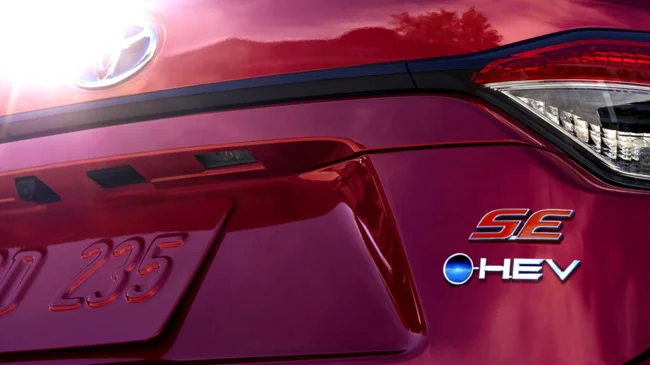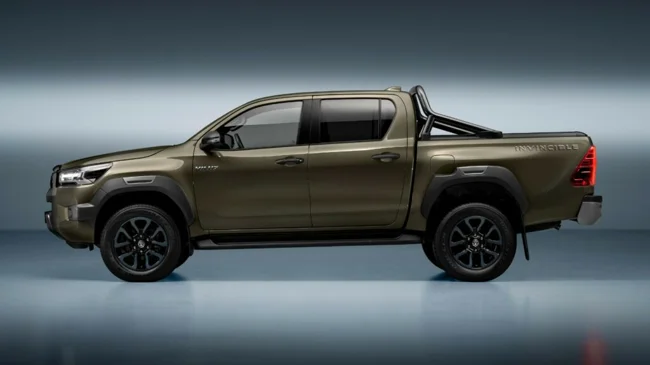Toyota accuses competitors of selling counterfeit hybrids to deceive drivers (3 photos)

Toyota's stance on hybrid technology
Toyota has made it clear that 48-volt systems should not be called hybrids. The company insists that true hybrids must use an electric drivetrain in conjunction with an internal combustion engine. However, in Europe, Toyota itself markets the 48-volt Hilux as a hybrid, which is causing controversy.
The difference between the technologies
In recent years, many cars with 48-volt mild hybrid systems have hit the market, but Toyota says calling them “hybrids” is a misnomer. Sean Henley, the company’s head of sales and marketing in Australia, criticizes competitors for using the term because it can be misleading to buyers.
Unlike traditional hybrids, which use a battery and motor to improve efficiency, or plug-in hybrids with larger batteries, 48-volt technology plays a much smaller role. It combines the functions of a starter and generator, providing only a small improvement in fuel economy. Toyota emphasizes that its 48-volt system cannot drive a car on electric power alone, so the company wants to clearly distinguish between the two technologies.
Marketing confusion
Henley said Toyota does not consider its 48-volt systems to be hybrids and markets them in Australia as ‘V Active’ systems. He is urging other manufacturers to avoid using the term ‘hybrid’ for similar technologies. In his speech, he said:
I have seen the marketing of hybrid technology in recent years being used in different ways. But Toyota will be clear about what is an efficiency hybrid, what is a performance hybrid and what is a 48-volt system. In our view, a 48-volt system is not a hybrid drive. Manufacturers have a responsibility to ensure that customers understand the difference. 
He also stressed that Toyota models with 48-volt systems, such as the Hilux and Land Cruiser Prado, are not hybrids and the company wants to separate the technologies.
Global differences in approach
However, Toyota is not taking a uniform position worldwide. In Australia, the company avoids the term “hybrid” for 48-volt systems, but in Europe it actively promotes the Hilux with this technology as the “Hilux Hybrid 48V”. This shows how marketing language can vary depending on the region and target audience. 
This situation highlights the difficulty of standardizing terminology in the automotive industry, especially as environmental technologies become more popular. Buyers can face confusion due to different approaches from manufacturers, which affects their perception of the efficiency and environmental friendliness of vehicles. It is important that companies provide transparent information so that consumers can make informed choices.





















